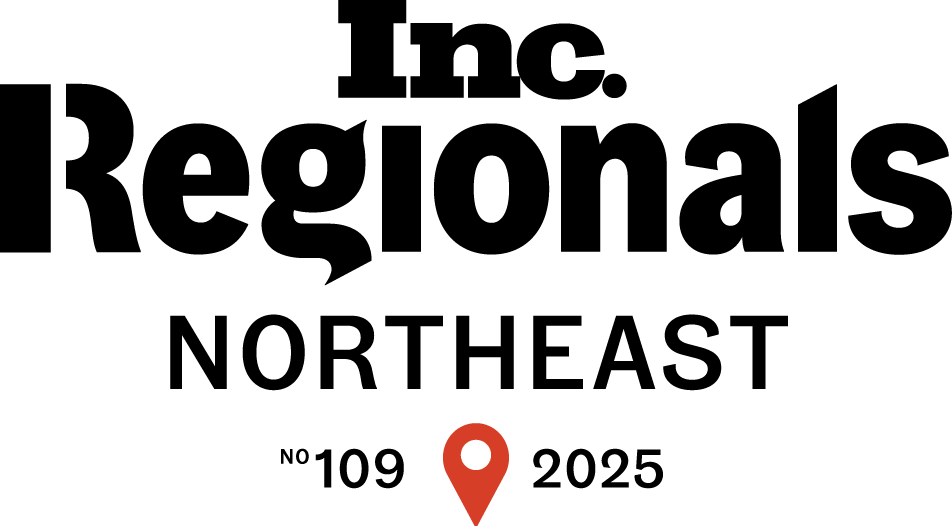Embracing Energy Efficiency at Home: A Residential Heat Pump Journey
When her air conditioner broke down, Stephanie Clark didn’t just repair it — she transformed her home’s HVAC system into an energy-efficient setup using a ducted heat pump, smart thermostat, and demand response incentives. Here’s how it all came together.
Authored by Stephanie Clark | Client Services & Business Operations Analyst
Embracing Energy Efficiency at Home
In August 2023, the central air conditioning in my home stopped working. In Southern New Hampshire, this was not an ideal time for such an occurrence. We managed without it through the winter, but we knew we needed to repair it by the summer of 2024 due to the arrival of a new baby in July 2024. We considered diverse options, including solutions that provided both heating and cooling to save energy and reduce costs. Employment at Freedom Energy Logistics facilitated my consultation with several experts to determine the best options. A heat pump was selected due to the existing central air ducts. The installation was completed in March 2024.
What is a Ducted Heat Pump?
A ducted heat pump transfers heat between the house and the outside air[1]. It takes air from the outside, heats it up or cools it down, and then distributes it into the house through ducts. Using air requires less energy to move it.
My heat pump is equipped with an Ecobee thermostat. This advanced thermostat includes a mobile application, enabling control of heating and cooling via phone. It allows for the setting of home and away temperatures and the addition of sensors for detecting open doors or windows. Occasionally, I forget to turn it off when ventilating the room.
Discovering ConnectedSolutions: A Demand Response Opportunity
When setting it up, I found an option for a “ConnectedSolutions” program through Eversource, my energy provider. I did not know much about it, but when I researched it, I discovered that it was a demand response program. Participating in a demand response program helps reduce stress and demand on the energy grid. During a peak event—the highest electricity demand hour of the year in New England (Plante, June 2024)[2]—my thermostat works a little extra to cool down the house before the peak so that it can last a few hours. This reduces my home’s energy usage during the peak, helping to ease demand on the grid.
Table 1:

For example, based on the table above (Plante, November 2024)[3], my thermostat would set my air conditioning to 63-65 degrees for the hour before the projected peak hour (from 5-6 PM). Then, starting at 6 PM, my thermostat would shut my air conditioning off for the hour.
It was a fun way to learn that residential customers have options too. Freedom Energy helps notify participants to curtail energy use during peak events, just like it does for commercial customers. I appreciate being part of a community that helps save the grid. Plus, there is a monetary incentive through my energy provider with quarterly rewards for residential participants!
Links to Sources:
[1] www.energy.gov/energysaver/heat-pump-systems.
[2] https://felpower.com/manage-your-energy-peaks-with-freedom-energy/
Meet the Writers

Stephanie Clark
Client Services & Business Operations Analyst
Freedom Energy Logistics
Stephanie Clark supports Freedom Energy Logistics’ operations with a focus on efficiency, process improvement, and client experience. With a background in higher education and nonprofit administration, she brings strong organizational skills and a service-driven mindset to her role. Passionate about sustainability, Stephanie enjoys applying her knowledge of energy efficiency both in her professional work and personal life. She holds a Bachelor of Arts in Psychology from Rivier University and is committed to making a positive impact in the communities she serves.







Connect With Us